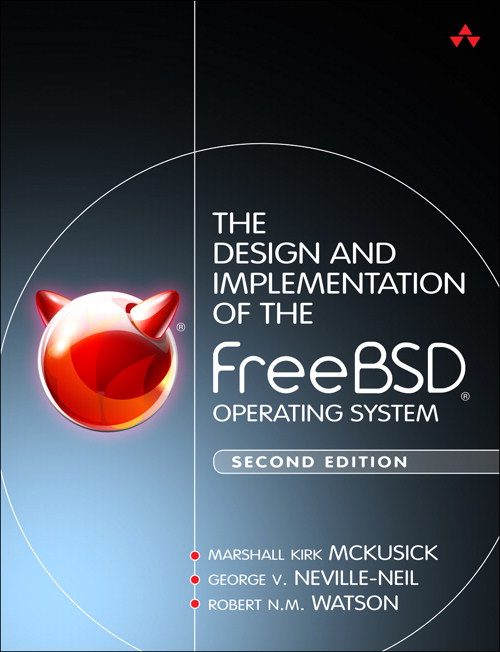
Now available: The Design and Implementation of the FreeBSD Operating System (Second Edition)
[ source navigation ] [ diff markup ] [ identifier search ] [ freetext search ] [ file search ] [ list types ] [ track identifier ]
FreeBSD/Linux Kernel Cross Reference
sys/Documentation/leds-class.txt
Version:
- FREEBSD - FREEBSD-13-STABLE - FREEBSD-13-0 - FREEBSD-12-STABLE - FREEBSD-12-0 - FREEBSD-11-STABLE - FREEBSD-11-0 - FREEBSD-10-STABLE - FREEBSD-10-0 - FREEBSD-9-STABLE - FREEBSD-9-0 - FREEBSD-8-STABLE - FREEBSD-8-0 - FREEBSD-7-STABLE - FREEBSD-7-0 - FREEBSD-6-STABLE - FREEBSD-6-0 - FREEBSD-5-STABLE - FREEBSD-5-0 - FREEBSD-4-STABLE - FREEBSD-3-STABLE - FREEBSD22 - l41 - OPENBSD - linux-2.6 - MK84 - PLAN9 - xnu-8792
SearchContext: - none - 3 - 10
SearchContext: - none - 3 - 10
1 2 LED handling under Linux 3 ======================== 4 5 If you're reading this and thinking about keyboard leds, these are 6 handled by the input subsystem and the led class is *not* needed. 7 8 In its simplest form, the LED class just allows control of LEDs from 9 userspace. LEDs appear in /sys/class/leds/. The maximum brightness of the 10 LED is defined in max_brightness file. The brightness file will set the brightness 11 of the LED (taking a value 0-max_brightness). Most LEDs don't have hardware 12 brightness support so will just be turned on for non-zero brightness settings. 13 14 The class also introduces the optional concept of an LED trigger. A trigger 15 is a kernel based source of led events. Triggers can either be simple or 16 complex. A simple trigger isn't configurable and is designed to slot into 17 existing subsystems with minimal additional code. Examples are the ide-disk, 18 nand-disk and sharpsl-charge triggers. With led triggers disabled, the code 19 optimises away. 20 21 Complex triggers whilst available to all LEDs have LED specific 22 parameters and work on a per LED basis. The timer trigger is an example. 23 The timer trigger will periodically change the LED brightness between 24 LED_OFF and the current brightness setting. The "on" and "off" time can 25 be specified via /sys/class/leds/<device>/delay_{on,off} in milliseconds. 26 You can change the brightness value of a LED independently of the timer 27 trigger. However, if you set the brightness value to LED_OFF it will 28 also disable the timer trigger. 29 30 You can change triggers in a similar manner to the way an IO scheduler 31 is chosen (via /sys/class/leds/<device>/trigger). Trigger specific 32 parameters can appear in /sys/class/leds/<device> once a given trigger is 33 selected. 34 35 36 Design Philosophy 37 ================= 38 39 The underlying design philosophy is simplicity. LEDs are simple devices 40 and the aim is to keep a small amount of code giving as much functionality 41 as possible. Please keep this in mind when suggesting enhancements. 42 43 44 LED Device Naming 45 ================= 46 47 Is currently of the form: 48 49 "devicename:colour:function" 50 51 There have been calls for LED properties such as colour to be exported as 52 individual led class attributes. As a solution which doesn't incur as much 53 overhead, I suggest these become part of the device name. The naming scheme 54 above leaves scope for further attributes should they be needed. If sections 55 of the name don't apply, just leave that section blank. 56 57 58 Hardware accelerated blink of LEDs 59 ================================== 60 61 Some LEDs can be programmed to blink without any CPU interaction. To 62 support this feature, a LED driver can optionally implement the 63 blink_set() function (see <linux/leds.h>). If implemented, triggers can 64 attempt to use it before falling back to software timers. The blink_set() 65 function should return 0 if the blink setting is supported, or -EINVAL 66 otherwise, which means that LED blinking will be handled by software. 67 68 The blink_set() function should choose a user friendly blinking 69 value if it is called with *delay_on==0 && *delay_off==0 parameters. In 70 this case the driver should give back the chosen value through delay_on 71 and delay_off parameters to the leds subsystem. 72 73 Setting the brightness to zero with brightness_set() callback function 74 should completely turn off the LED and cancel the previously programmed 75 hardware blinking function, if any. 76 77 78 Known Issues 79 ============ 80 81 The LED Trigger core cannot be a module as the simple trigger functions 82 would cause nightmare dependency issues. I see this as a minor issue 83 compared to the benefits the simple trigger functionality brings. The 84 rest of the LED subsystem can be modular. 85 86 87 Future Development 88 ================== 89 90 At the moment, a trigger can't be created specifically for a single LED. 91 There are a number of cases where a trigger might only be mappable to a 92 particular LED (ACPI?). The addition of triggers provided by the LED driver 93 should cover this option and be possible to add without breaking the 94 current interface. 95
Cache object: 75c1c2d7c34230f7064733f9cac56427
[ source navigation ] [ diff markup ] [ identifier search ] [ freetext search ] [ file search ] [ list types ] [ track identifier ]